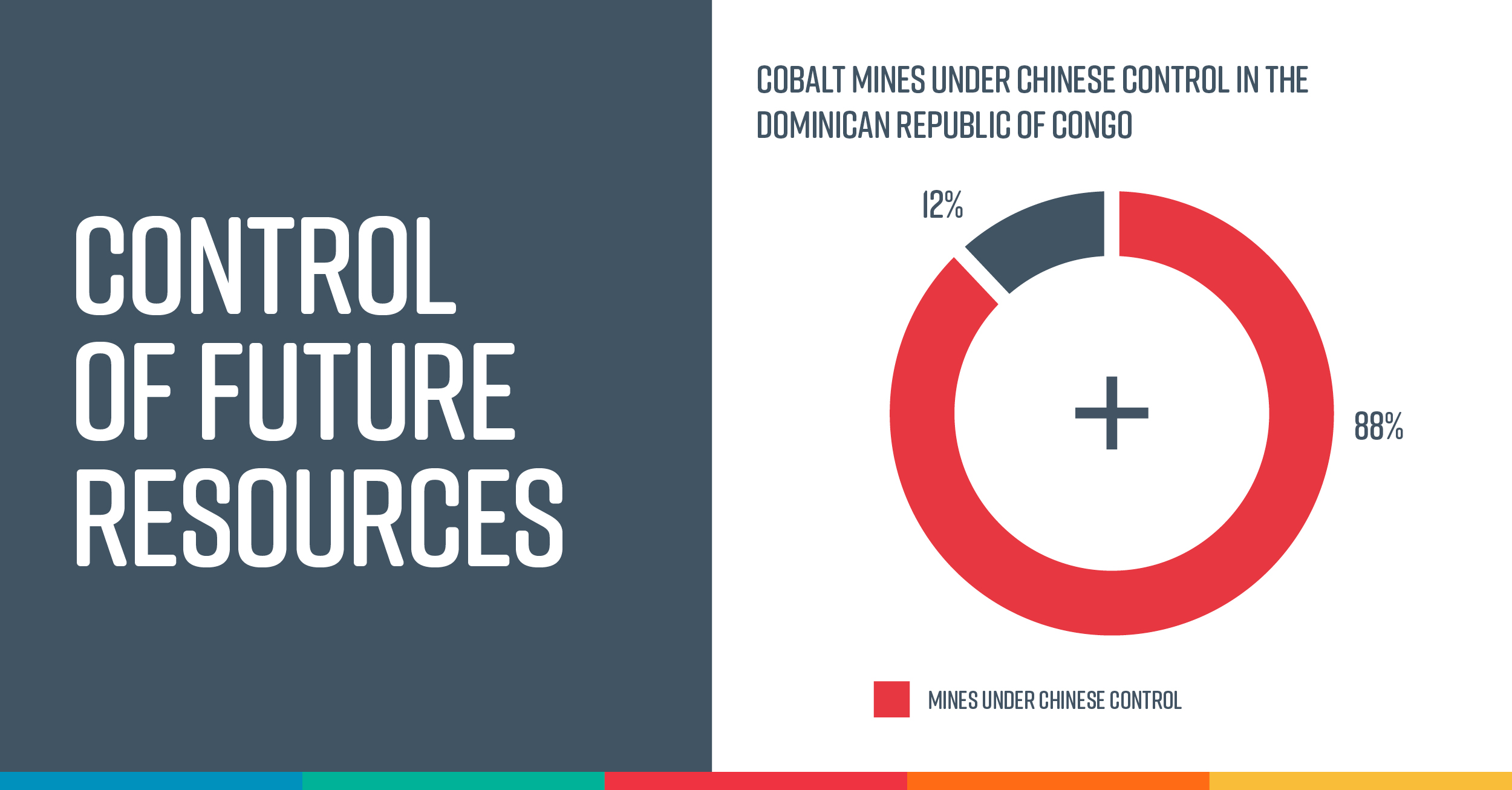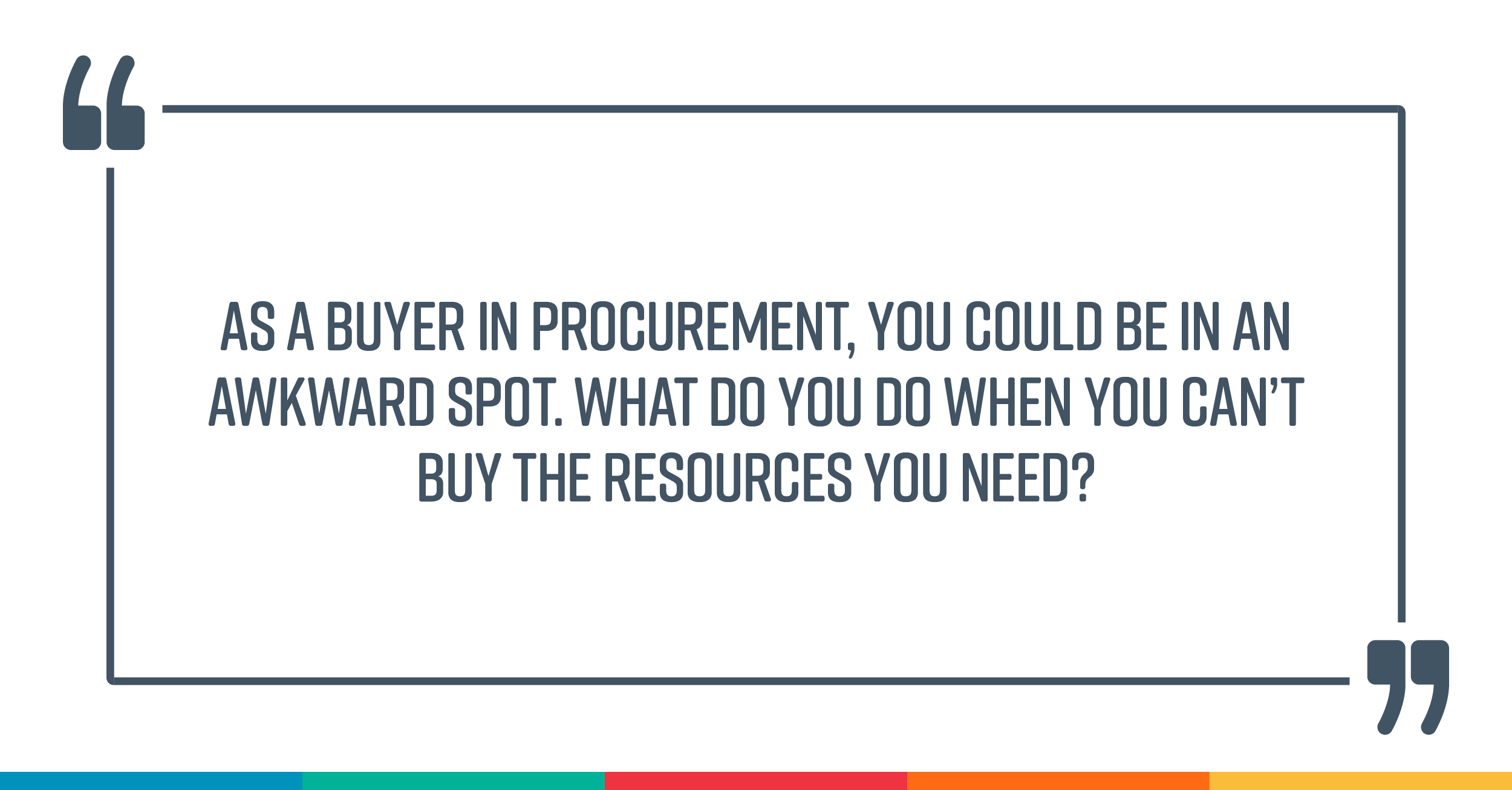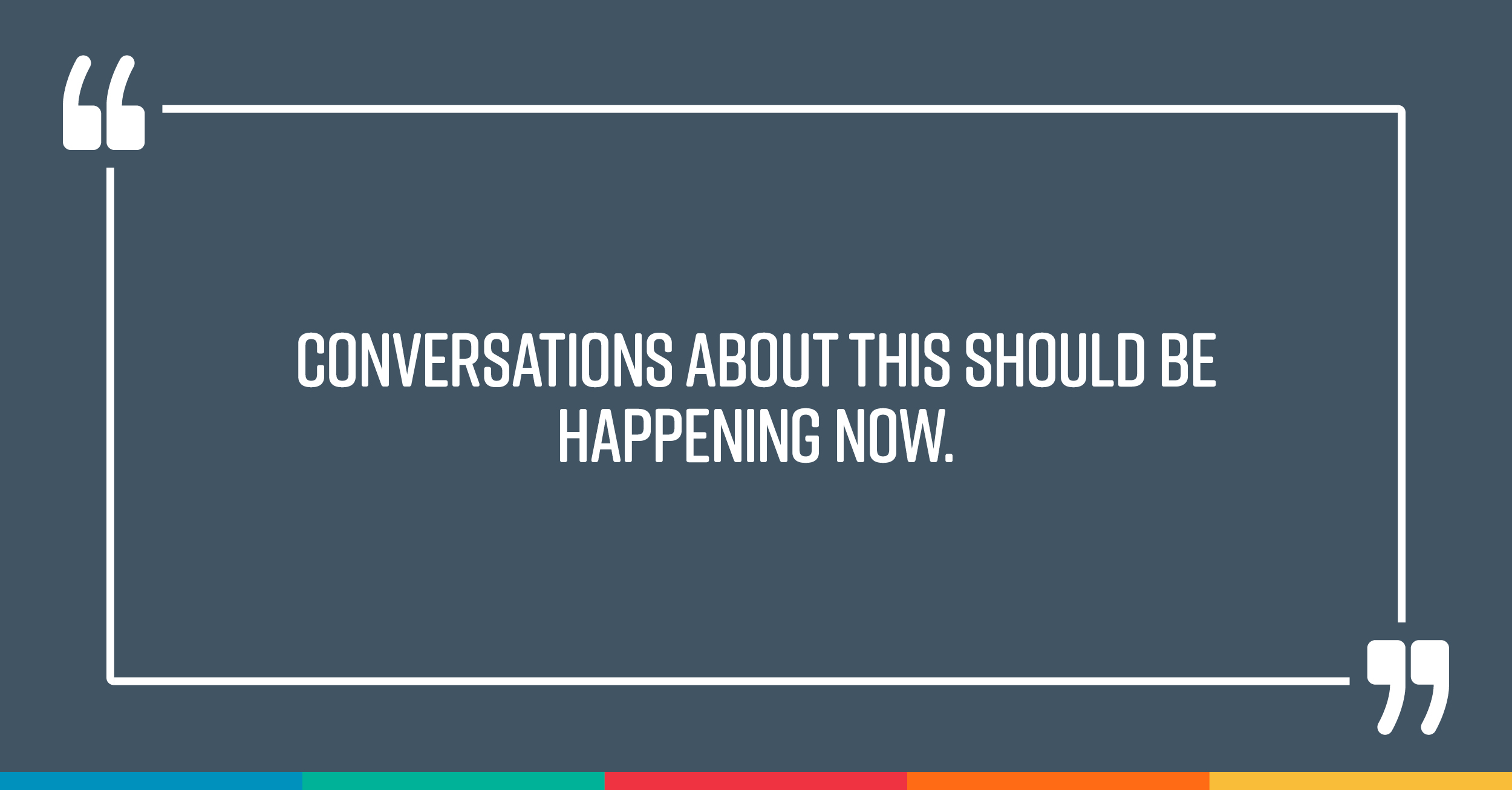While security of supply has been procurement’s hot topic during recent months, Jonathan O’Brien warns of the new and emerging challenge of scarcity of resources.
Resources comprise everything we need to function and, right now, many are in short supply. Take fresh water, for example. Despite the fact that most of our planet is water, it is the most precious commodity in the world.
There is also a huge shortage of sand, crucial for the global construction industry. In some parts of the world, organized criminal gangs are extracting sand from beaches and causing huge environmental and economic impacts to communities that rely on rivers and the sea.
The third scarcest thing on the planet is topsoil. In fact, at current rates, usable topsoil could disappear in fewer than 60 years. An incredible 95% of the world’s food production requires topsoil but intense agricultural methods using chemicals have ruined its quality. As a result, the soil is becoming unusable and can’t be easily replenished, because it’s taken centuries to form. The shortage of topsoil will directly affect the world’s future food supply.
At number four in the shortage charts is fossil fuels, of which probably only around 50 years’ supply remains. In fifth place is phosphorus. Used in fertilizer, phosphorus is a nutrient and, without it, we cannot produce food. We are exhausting global supplies of phosphorus and there isn’t an alternative. As a result, we are heading for a food crisis.
Some metals and metalloids are also scarce, such as antimony, used in the electronics industry to make semiconductors and as a component in flame-retardant products. Nearly all the global supplies of antimony have already been extracted. Gold, zinc and scandium, used in smartphones, computers and gadgets are, similarly, in short supply.
Alternative sources
For some materials there are substitutes but, for many of these resources, there are none. Some commodities were formed 15 billion years ago and simply cannot be recreated.
Scarcity of resources shines a new light on the global space race. This may sound far-fetched, but the moon has huge, vast sources of minerals. China visited the dark side of the moon last year and competition between nations to establish a base there is motivated in part by mineral deposits. As we begin to exhaust the earth’s commodities, the moon and other planets are a potential source of future resources.
The war in Ukraine
Putin’s invasion of Ukraine can also be viewed through a resources lens. Russia is the second biggest producer of platinum and cobalt – a key metal used in the production of EV batteries. Huge resources, such as gold, nickel, sulfur, silver, phosphate and iron ore, sit in Russia. Ukraine enjoys similar reserves, such as coal, oil, natural gas, iron and manganese ore – another metal used in battery manufacture.
We are beginning to see a shift in geopolitical power where available resources are a key factor. For example, China has progressively bought up huge swathes of land for agricultural use in the sub-African continent. It now owns 15 of the 17 cobalt mines in the Dominican Republic of Congo, the biggest global source of cobalt. Big powers are beginning to seize control of future resources.

The challenge for procurement
As a buyer in procurement, you could be in an awkward spot. What do you do when you can’t buy the resources you need?
We are entering a phase where the procurement function needs to understand the future risk. This will include PESTLE analysis (political, economic, sociological, technological, legal and environmental). It also involves understanding the raw materials and the inputs that go into production and beginning to model the future risk to which an organization is exposed.
For example, if you’re in the business of producing EV batteries, where do the lithium, manganese and cobalt come from? And how does that impact your organization for the future? In effect, you’re formulating a strategy for the products you’re making today and how that then changes what the organization is going to do tomorrow. In that particular sector, EV battery manufacturers are asking, “Can we use an alternative to cobalt?”
Future technology shifts will be driven by issues of resource scarcity. Procurement will play a part in re-engineering the product, based on what’s possible in the future supply base. ‘What do we do? What’s happening in the world?’ We’ve got to model the supply chains, understand the risk and have a time-based plan based on the science for when we start switching away.

Price increases
Scarcity of resources has an impact on price increases. We are likely to be in an inflationary environment for the next one or two years. Beyond that, when scarcity starts to bite, it’s an entirely different thing. Resource scarcity is going to create a whole new dimension of ongoing inflationary price rises.
The opportunity here is, how can you innovate and do something differently? This is why sustainability represents such added value. ‘How can we have a supply chain that uses less fresh water? How can we move away from some of these raw materials that are getting scarce and do things in a different way?’ Initially, this is driven by managing scarcity, but the competitive advantage for the future will come from innovation and finding different ways to do things.
The clock is ticking
Conversations about this should be happening now. Some of my clients are figuring out where they’re at risk. They’re beginning to understand, ‘What’s our supply chain? Who are we reliant upon?’ They are modelling and coming up with an assessment of risk exposure. They may not have the solution, but they’re able to start identifying where they need to act.

Others are just not doing this. It’s not on their radar. They’re getting bitten by price rises but making purely short-term responses.
We need to be looking at the next 20, 30, or 40 years. Gold is currently scheduled to run out in 2060, and zinc in 2070. Some materials will be exhausted in our lifetime. In a volatile and uncertain future, we cannot continue to rely on this global planet as a source of supply. Things will be very different and we need to be ready. Quite simply, the clock is ticking.
Jonathan O’Brien, CEO of Positive Purchasing Ltd, is a leading expert on procurement and negotiation and works with global blue-chip organizations to help transform their purchasing capability.

